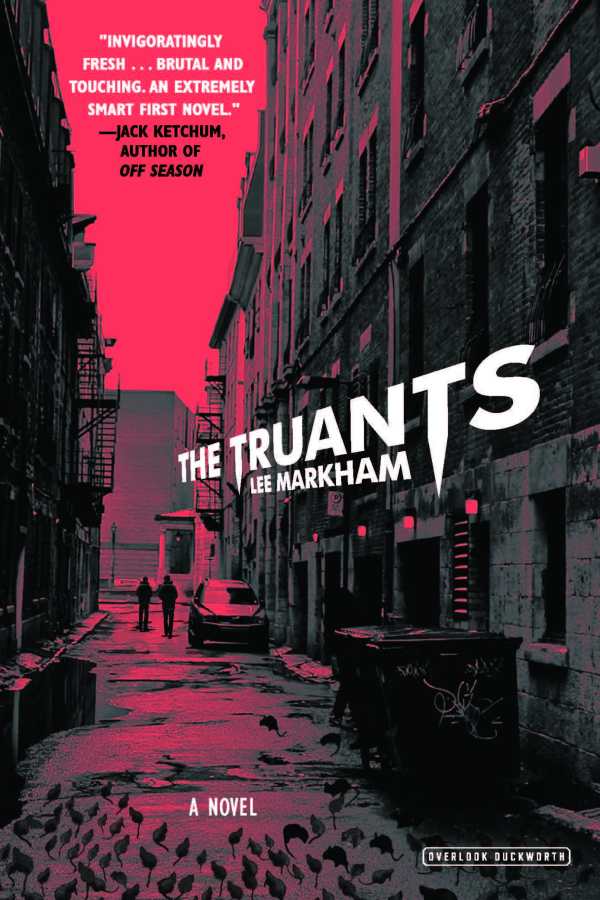
The Truants
The images evoked in this reframing of vampire legends are both familiar and strange.
Lee Markham’s cross-genre The Truants pulls no punches in its paradigm-shifting treatment of vampire legends.
An unnamed man sits on a park bench in London one early morning, waiting for sunrise and his final demise. He is an immortal known as “the old-one”—a vampire who is preparing to join the one who first caused him to leave humanity behind thousands of years ago.
But a young, strung-out would-be thief—a “rat,” to the old-one—interrupts his reverie. The thief is insistent and violent, baring a knife that scores a hit. A string of events is set in motion that upend the lives of the city’s underclass and that issue into being a new version of the undead. More people come under the old-one’s influence, and more will die as a result.
The word truant’s Welsh form (truan, meaning wretch) and its similar sound to “rats” adds a subtle layer of meaning to the book’s title. It also connects to plans gone amiss—characters continually end up truant from their daily routines.
The central relationship in Markham’s story is between the old-one and his maker, and combines themes of love gone wrong, the ennui of immortality, self-loathing, and trying to fix what can’t be fixed. Their initial attraction cannot keep the old-one from becoming utterly vile, no matter what his maker does to work against that. Very few relationships survive the book’s events, giving it an overall dark aspect.
That’s a lot for one book to hold, particularly in tight corners, but The Truants does its work successfully, with elegance and singing prose. The flow is such that putting down the book is difficult, and reading too fast, a mistake; the vocabulary is clear, yet the images evoked are both familiar and strange, forcing a slower perusal. Multiple readings would be enriching.
Anyone interested in the varied tapestry that vampire fiction has become since Bram Stoker first popularized the genre should find much to enjoy—and ponder—in The Truants.
Reviewed by
J. G. Stinson
Disclosure: This article is not an endorsement, but a review. The publisher of this book provided free copies of the book to have their book reviewed by a professional reviewer. No fee was paid by the publisher for this review. Foreword Reviews only recommends books that we love. Foreword Magazine, Inc. is disclosing this in accordance with the Federal Trade Commission’s 16 CFR, Part 255.
